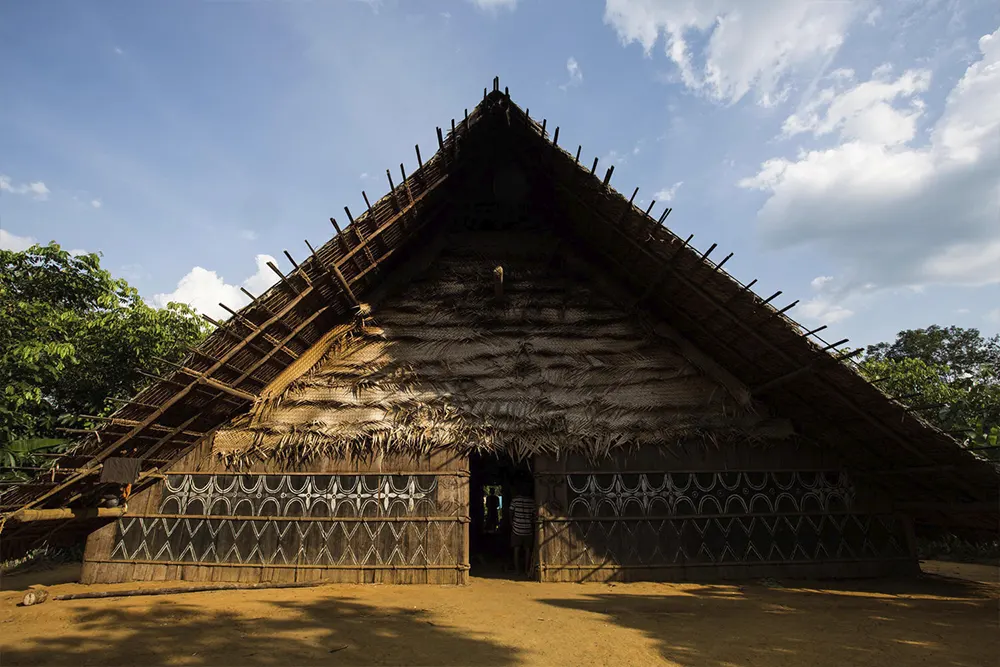The Role of Shadows in Vernacular Architecture
Whenever light falls on a surface there will be a shadow, no matter how insignificant its focus is. The outline will hardly be visible, but other shapes will come to the fore in this play of light and dark. In the case of being projected by solar dance, a latent dynamic is added to the shadows that can be used to intensify everyday phenomena, breaking the monotony of space. Orthogonal openings in a long corridor or woven pieces in a courtyard are examples of constructive elements that create patches of light and shadow, bringing in addition to aesthetic delight and thermal comfort to its users. In this way, it becomes evident that these intangible elements are essential parts of an environment that, long before Louis Kahn declared the power of shadows, was already being manipulated.
In a remote era, before the glass with solar incidence control or photosensitive covering, architecture — today known as vernacular — already understood and manipulated solar lighting through simple strategies such as the orientation of the volume on the ground, the formal composition and the choice of materials. Vernacular buildings are understood as architecture that reflects its place, time and culture and presents a careful understanding of the surroundings and the climate in which they are. They are materialized through solutions that use resources available in the same area, wisely controlling their climatic agents, like light and shadow.
Generally speaking, shade plays an important role in the functionality of vernacular architecture as it protects against the heat and glare of the sun, helping to regulate the temperature and airflow within the building. Therefore, in hot and arid regions, the manipulation of shadows is an aspect that is essentially present in architectural examples, starting with the implantation of volumes on the ground. The traditional houses with central courtyards, recurrent in Middle Eastern culture, present this configuration as a way of dealing with solar incidence, creating four shaded sides with corridors facing the courtyard, offering fresh and comfortable environments. This a characteristic that is also seen in Korean vernacular architecture, more precisely in the houses known as hanok, where the very configuration of the volumes and their patios also create shaded spaces in which the light infiltrates as if it were in secret, subtly illuminating.
However, besides the configuration of the volumes, specific elements are applied in traditional Korean houses that create the necessary shadows for the thermal comfort of the building, as is the case with the eaves. With their pronounced shape, they help to block the strongest solar rays in the summer, generating a layer of shade around the volume. It is worth mentioning that this same strategy is seen in vernacular architectures from different parts of the world, such as in the backlands and Amazonian buildings in Brazil or in Indonesian architecture, where the creation of shadows is done through porches made of timber. They work similarly to brises, generating shadows throughout the day and helping to control the balance between internal and external temperature.





